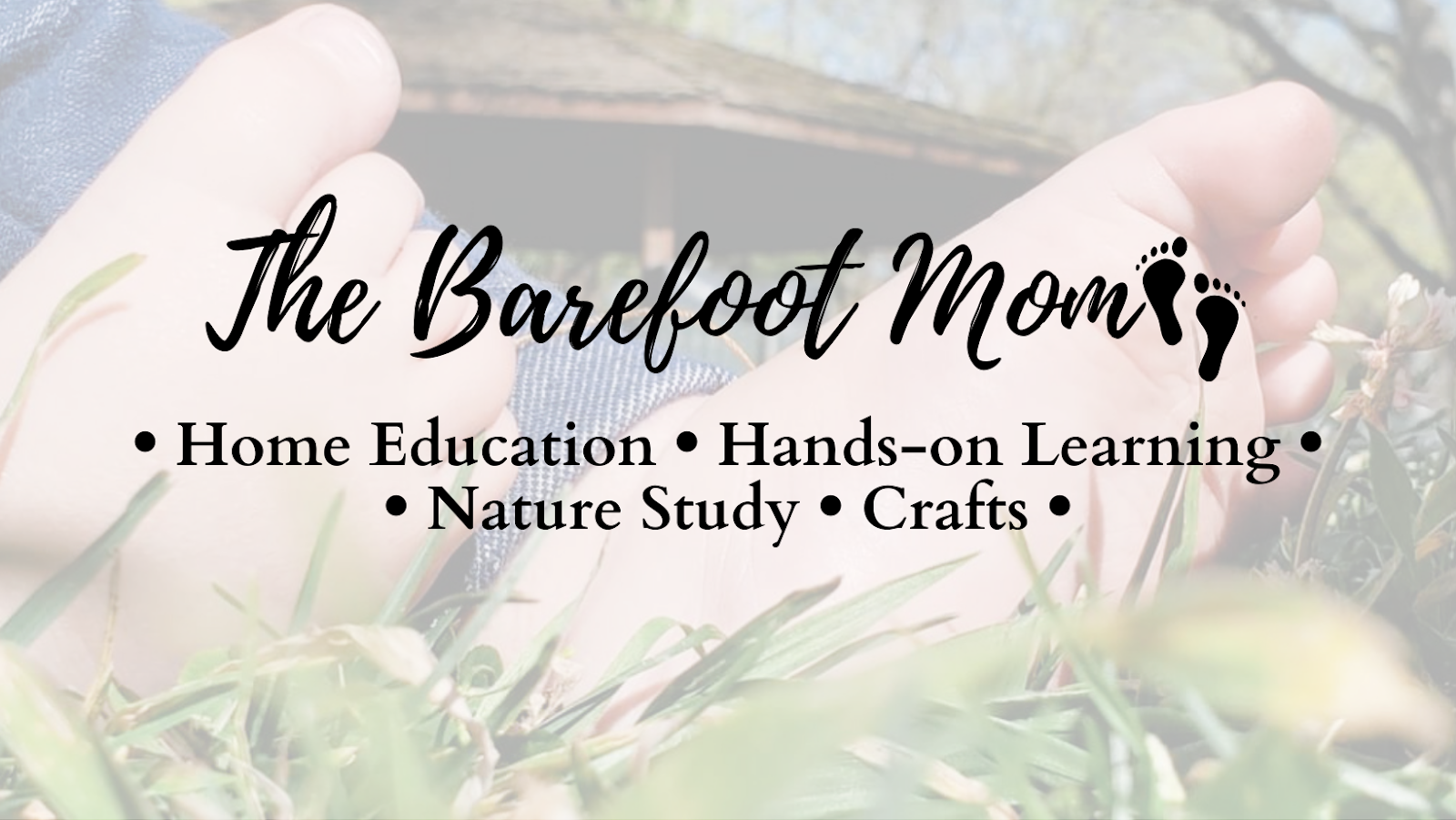We absolutely love STEM activities in our homeschool. They're a great way to develop problem solving skills and to incorporate more math, science, and engineering into our homeschool week.
What Is STEM Education?
If your not familiar with the term, STEM stands for: science, technology, engineering, and mathematics. A STEM activity is any hands on activity incorporating one or more of these areas of study. Often art is also included so you may see the acronym STEAM as well. STEM or STEAM activities often provide opportunities for kids to develop critical thinking and problem solving skills. Plus they're just fun! Here are 25 of our favorite STEM activities:
25 Awesome STEM Activities:
-Water Cycle In A Bag from Playdough To Plato
-Make A Catapult from Kids Activities
-Make Your Own Mineral Identification Kit from The Barefoot Mom
-Why Is The Sky Blue? from Rookie Parenting
-Make A Cloud In A Jar from The Barefoot Mom
-Fireworks In A Jar from I Can Teach My Child
-Why Don't Rivers Run Straight? from The Barefoot Mom
-Pom Pom Drop STEM Challenge from Coffee Cups And Crayons
-Build An Aircraft Engineering Challenge from The Homeschool Scientist
-How To Build A Leprechaun Trap from The Barefoot Mom
-STEM Straw Bridges from Playdough to Plato
-Make A Simple Home Weather Station from The Barefoot Mom
-Make Magnetic Slime from Frugal Fun For Boys And Girls
-The Egg Drop STEM Challenge from The Barefoot Mom
-Make An Awesome Pulley from Carrots Are Orange
-Aluminum Foil Boat STEM Activity from The Barefoot Mom
-Make A Coin Battery from Teach Beside Me
-Toothpick Gumdrop Geometry from The Barefoot Mom
-DIY Rubber Band Car from Figment Creative Labs
-Rainbow Science from The Barefoot Mom
-Buildable Rock Slime from Left Brain Craft Brain
-Lego STEAM Activities from The Barefoot Mom
-Build A Snack Machine STEM Challenge from Left Brain Craft Brain
-Avian Egg Investigation from The Barefoot Mom
-Hot Ice Science Experiment from Playdough To Plato
Do you use STEM education in your homeschool? What are your favorite STEM activities?
Follow me on:
Facebook
Pinterest
Instagram
Twitter
What Is STEM Education?
If your not familiar with the term, STEM stands for: science, technology, engineering, and mathematics. A STEM activity is any hands on activity incorporating one or more of these areas of study. Often art is also included so you may see the acronym STEAM as well. STEM or STEAM activities often provide opportunities for kids to develop critical thinking and problem solving skills. Plus they're just fun! Here are 25 of our favorite STEM activities:
25 Awesome STEM Activities:
-Water Cycle In A Bag from Playdough To Plato
-Make A Catapult from Kids Activities
-Make Your Own Mineral Identification Kit from The Barefoot Mom
-Why Is The Sky Blue? from Rookie Parenting
-Make A Cloud In A Jar from The Barefoot Mom
-Fireworks In A Jar from I Can Teach My Child
-Why Don't Rivers Run Straight? from The Barefoot Mom
-Pom Pom Drop STEM Challenge from Coffee Cups And Crayons
-Build An Aircraft Engineering Challenge from The Homeschool Scientist
-How To Build A Leprechaun Trap from The Barefoot Mom
-STEM Straw Bridges from Playdough to Plato
-Make A Simple Home Weather Station from The Barefoot Mom
-Make Magnetic Slime from Frugal Fun For Boys And Girls
-The Egg Drop STEM Challenge from The Barefoot Mom
-Make An Awesome Pulley from Carrots Are Orange
-Aluminum Foil Boat STEM Activity from The Barefoot Mom
-Make A Coin Battery from Teach Beside Me
-Toothpick Gumdrop Geometry from The Barefoot Mom
-DIY Rubber Band Car from Figment Creative Labs
-Rainbow Science from The Barefoot Mom
-Buildable Rock Slime from Left Brain Craft Brain
-Lego STEAM Activities from The Barefoot Mom
-Build A Snack Machine STEM Challenge from Left Brain Craft Brain
-Avian Egg Investigation from The Barefoot Mom
-Hot Ice Science Experiment from Playdough To Plato
Do you use STEM education in your homeschool? What are your favorite STEM activities?
Follow me on:


SO many fun ideas! Pinned.
ReplyDeleteThanks!!
Delete